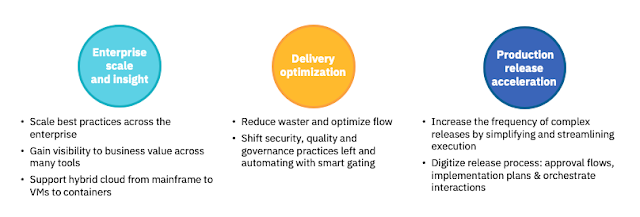Inclusive design is the buzz term around the design community. Inclusive design can be interpreted in many different ways and have numerous outcomes. When narrowing the scope to user research, though, how does inclusive design make an impact?
As a user researcher, it is critical to talk with people using various offerings to understand their pain points and uncover areas of opportunity. This seems like a simple task but requires a ton of organization and preparation to run a successful ‘study’. The most important piece of this preparation work is finding individuals with diverse abilities to interview and with whom to test. The simple act of communicating with someone with a different set of skills or abilities can surface major accessibility concerns that should be addressed within the beginning design phase of a project.
The insights captured by talking with a diverse group of participants are what create inclusive design within the user research practice.
Uncovering accessibility insights from a diverse group of end users can create several opportunities for the entire offering team. The first opportunity is a perspective shift. End users all bring different backgrounds and challenges to the table. Inviting participants with a broad range of experiences allows the insights from the research to have more of an impact when implemented into the product. The impact from the varied perspectives adds more sides to an initial issue with a product and more guidelines to creatively problem solve for the user. The more thoughts and observations gathered, the better understanding the offering team will have when tackling what needs to be changed or added to the product.
The third opportunity is to have world class products reach more people. IBM creates incredible products that benefit everyone. Wide perspectives, abilities, and skill sets should be introduced at the beginning of the product life-cycle to ensure inclusive design.
As a user researcher, it is critical to talk with people using various offerings to understand their pain points and uncover areas of opportunity. This seems like a simple task but requires a ton of organization and preparation to run a successful ‘study’. The most important piece of this preparation work is finding individuals with diverse abilities to interview and with whom to test. The simple act of communicating with someone with a different set of skills or abilities can surface major accessibility concerns that should be addressed within the beginning design phase of a project.
The insights captured by talking with a diverse group of participants are what create inclusive design within the user research practice.
Uncovering User Insights
Uncovering accessibility insights from a diverse group of end users can create several opportunities for the entire offering team. The first opportunity is a perspective shift. End users all bring different backgrounds and challenges to the table. Inviting participants with a broad range of experiences allows the insights from the research to have more of an impact when implemented into the product. The impact from the varied perspectives adds more sides to an initial issue with a product and more guidelines to creatively problem solve for the user. The more thoughts and observations gathered, the better understanding the offering team will have when tackling what needs to be changed or added to the product.
Resource Saving
The second opportunity is resource saving. When including individuals with diverse abilities in the upfront research stage, the researcher is far more likely to catch accessibility needs. By communicating the accessibility concerns of a user to the offering team, the team can save time by implementing fixes into their current cycle to reduce overwhelming amounts of work later on. Accessibility insights can easily be translated into design prototypes through the checking of color contrast, creating ARIA tab labels, and flow redesign (just to name a few examples) before developers code the design. Fixes of that nature done up front save time and resources compared to accessibility fixes at the end of a development cycle. By moving the needle left on when accessibility is implemented, teams can save time by not redoing completed work and accomplish more by giving back the saved time to employees so they can tackle backlog cycles.
Expanded Reach
The third opportunity is to have world class products reach more people. IBM creates incredible products that benefit everyone. Wide perspectives, abilities, and skill sets should be introduced at the beginning of the product life-cycle to ensure inclusive design.































